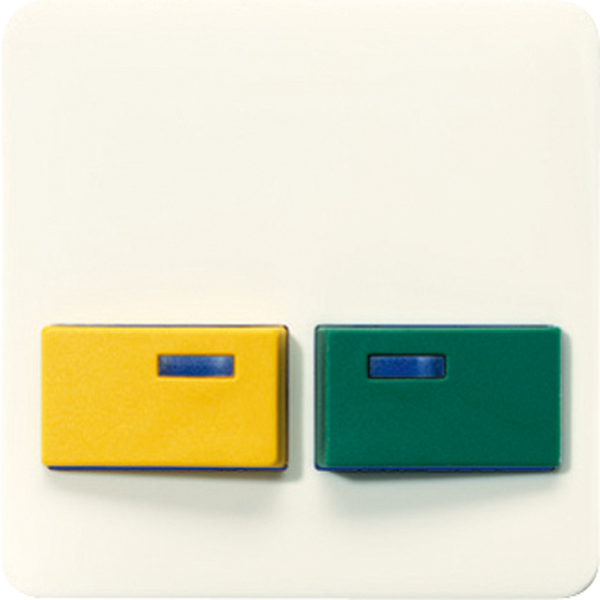Register to unlock your exclusive B2B prices and start shopping. Sign up now!
Centre plate for Ackermann 642E
Order only
Price (excl. VAT):
26,25 €
EAN: 4011377852709
MPN: 642E
Box: 1
Estimate delivery time at our warehouse (approx.):
2-4 weeks
Technical Information
| Item condition | New |
| Manufacture name | Centre plate for Ackermann 642E |
| Brand | Jung |
| Categories |
Switches
|
| Country of origin* | DE |
| * The actual country of origin may differ depending on the delivery batch. To confirm the specific country of origin, please contact your account manager. | |
| Harmonized System Code | 8538 9099 00 |
| Model | Two-part button |
| Halogen free | Yes |
| Utilization | Other |
| Surface protection | Other |
| Material quality | Thermoplastic |
| Material | Plastic |
| Type of fastening | Clamp mounting |
| Monitoring window/light outlet | Yes |
| RAL-number (similar) | 1013 |
| With label area | No |
| With exchangeable lens/symbol | No |
| Surface finishing | Glossy |
| Suitable for degree of protection (IP) | IP20 |
| Suitable for touch sensor connector for bus system | No |
| Scannable symbol/barrier free | No |
Packing details
| Packing level 1 | 4011377852709 |
| Packing level 2 | 4011377852709 |
Downloads
Description
Centre plate for Ackermann 642E.Used in switches or power systems to cover or integrate components, providing operational interface and certain protections. Halogen free material ensures compliance with non-toxic standards.Made of plastic, specifically thermoplastic for durability and practical usage.Glossy surface finishing allows easy cleaning and aesthetic compatibility with modern installations.Surface protection classified as "Other" contributes to functional reliability in specific setups.Clamp mounting fastening type simplifies installation process, maintaining firm attachment during operation.RAL number close to 1013 indicates a color similar to oyster white tone aiding uniformity with other components or design schemes.Monitoring window/light outlet incorporated into the design for visual indicators without sacrificing coverage integrity.Designed for IP20 degree of protection suitable for indoor environments where exposure is minimal.Two-part button model supports modular functionality in system assemblies ensuring straightforward user interactions and configurability traits tied to its architecture pattern and designated classification as "Other".

